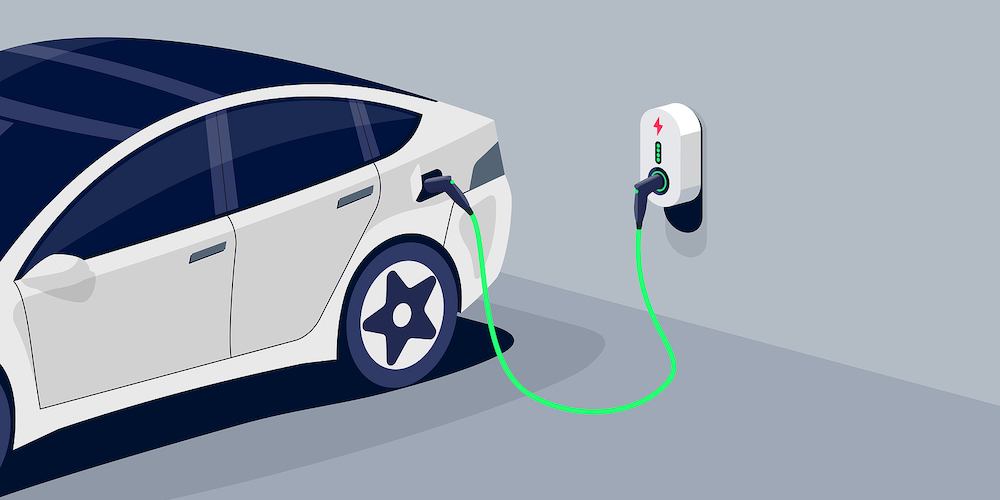Offering vehicle protection to members with hybrid & electric vehicles

As gas prices soar to record highs this summer, the automotive industry is getting a power surge from hybrid and electric vehicles (HEVs).
Consumers seem to be getting on board with the federal government’s ambitious goal to make half of all new vehicles sold in 2030 zero-emissions vehicles, including battery electric, plug-in hybrid electric, or fuel cell electric vehicles.
HEV sales have skyrocketed over the last five years and the trend shows no signs of declining. According to Pew Research, “About four-in-ten Americans (39%) say that the next time they purchase a vehicle, they are at least somewhat likely to seriously consider electric.”
This sentiment aligns with Q1 2022 sales data that shows HEV sales for January were up 37.4% year over year.
As more of your members consider buying a hybrid or electric vehicle of their own, many have questions about the logistics of owning an HEV. One common query is whether they can get vehicle protection for their vehicles. Luckily, the answer is “yes,” as long as they own an electric vehicle that qualifies.
If your credit union wants to keep up with the changing automotive landscape, offering vehicle protection to your borrowers with HEVs is a great place to start. It can help your institution generate non-interest income and score major points with members who want to protect their HEVs.
Vehicle Protection for Members with HEVs
An electric or hybrid vehicle is made up of a series of incredibly advanced, incredibly expensive computers consisting of a full set of electrical components, sensors, monitors, converters, and more. HEV owners who don’t have a manufacturer’s warranty or some type of vehicle protection risk having pay for costly repairs on a very complex piece of technology.
This means service costs for HEVs tend to be higher than their gas-powered counterparts. According to industry experts, “Service centers and mechanics logged longer hours when they worked on HEVs. HEVs need 1.5 times the labor hours and rates are 1.3 times higher on average.”
It can also take longer to diagnose issues with HEVs. Mechanics must obtain additional certifications to work on HEVs, which may contribute to higher rates.
Though HEVs are designed to last a long time without repairs, like any car or computer, they can still stop working with no warning. Replacing a monitor in an HEV alone can cost thousands of dollars. This means members with HEVs may need to budget more out-of-pocket cash to prepare for higher repair costs if they do not obtain vehicle protection.
Protection for Members with Used HEVs
Consumer interest in used HEVs has risen sharply in recent months. Analysis of the Q3 2022 Used Car Market Report reveals:
- Interest in used HEVs is growing. In 2021, 50% of HEV shoppers would be interested in a used EV and, just one year later, industry surveys place that number closer to 80%.
- Used HEV prices will remain high. Supply chain constraints, rising gas prices and semiconductor shortages all factor into higher demand for used HEVs, and it might take 18 months until production backlogs clear and new production facilities come online.
Encouraging your members to invest in vehicle protection for their electric vehicle is sound advice in this environment. The best time for members to purchase this coverage is when the manufacturer’s warranty has expired to minimize overlap and ensure they’re only paying for what they need.
Conclusion
While your members’ needs may vary, the one factor that remains consistent is they want products and services that provide actual value in their lives.
To help financial intuitions deliver a product that is relevant and timely in today’s economy, SWBC’s Financial Institution Group is pleased to introduce healthCAR—a new, budget-friendly way for members to protect their vehicles after their manufacturer’s warranty expires with easy online enrollment and no mileage restrictions. This coverage is available for HEVs, excluding Tesla models. Visit our website to learn more.





